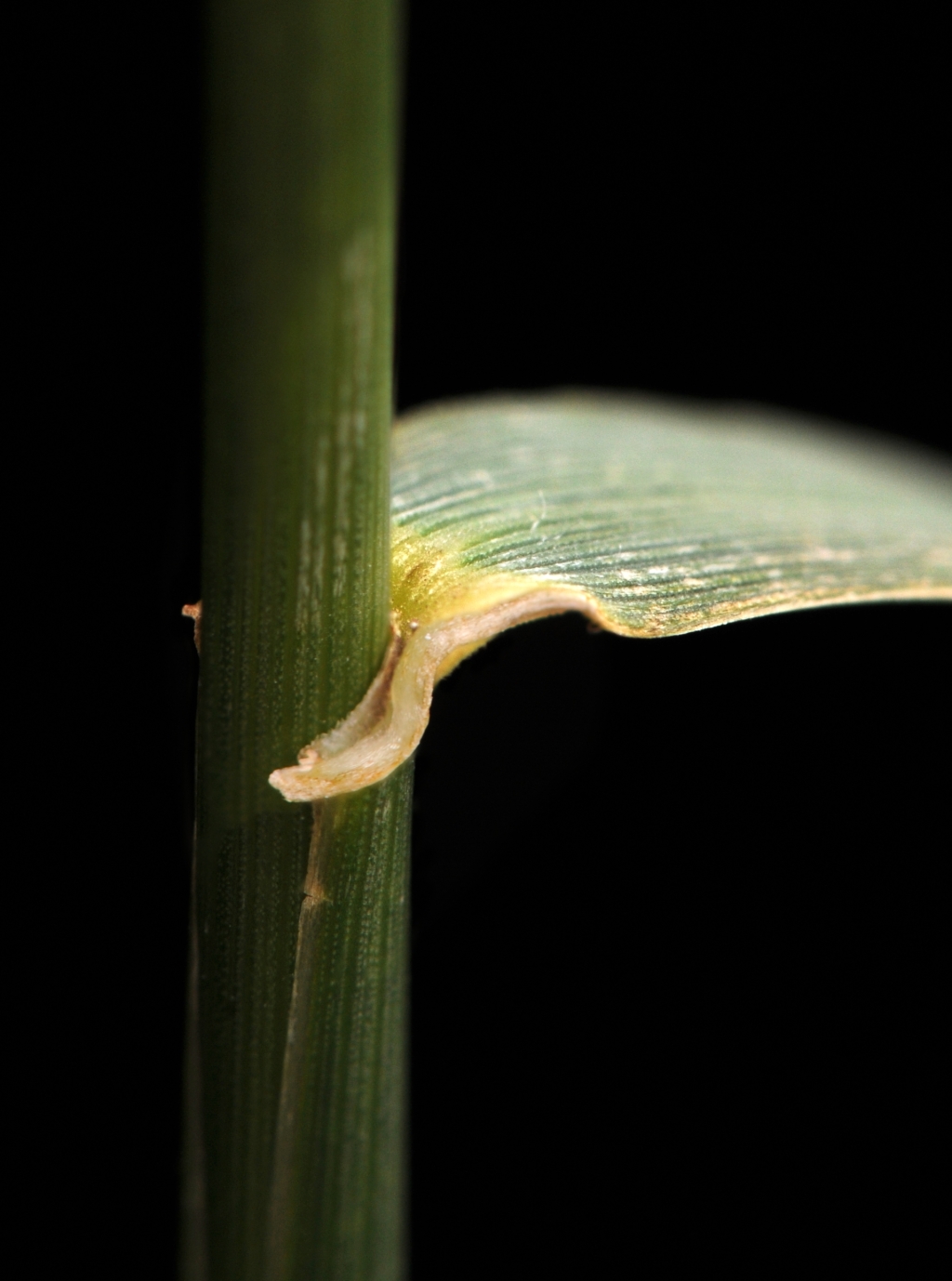Elymus repens
(L.) Gould English CouchRhizomatous perennial, the rhizomes often forming a deep tangled layer. Culms decumbent to erect, to 1 m high. Leaves smooth to slightly scabrous; blades flat or somewhat channelled, 10–20 cm long, 3–10 mm wide, lightly hairy on upper surface (in Victorian specimens); ligule truncate, glabrous, c. 0.5 mm long; auricles falcate, to c. 2 mm long or more, partially to entirely encircling stem. Inflorescence a distichous spike 5–15 cm long, usually with 12–25 spikelets. Spikelets usually 5–7-flowered, 8–17 mm long; glumes subequal, lanceolate, 7–15 mm long, usually shortly awned, 5–7-nerved, entirely smooth or scabrous toward the upper part of the midrib; lemma resembling glumes but less prominently nerved; palea slightly shorter than body of lemma. Flowers Oct.–Mar.
GleP, VVP, VRiv, MuF, GipP, OtP, WaP, Gold, CVU, NIS, EGL, WPro, HSF, OtR, VAlp. Also naturalised in WA, SA, NSW, ACT, Tas. Indigenous to north Africa, Europe and temperate Asia. An occasional weed of coastal or estuarine sands, silts and clays, less commonly away from the coast on damp to seasonally inundated sites, particularly on basaltic, sometimes subsaline clays (e.g. Portland, Port Fairy, Lake Bolac, Lake Connewarre, Ballarat, Dookie, Merri Creek north of Melbourne, Western Port).
Walsh, N.G. (1994). Poaceae. In: Walsh, N.G.; Entwisle, T.J., Flora of Victoria Vol. 2, Ferns and Allied Plants, Conifers and Monocotyledons, pp. 356–627. Inkata Press, Melbourne.
 Spinning
Spinning
